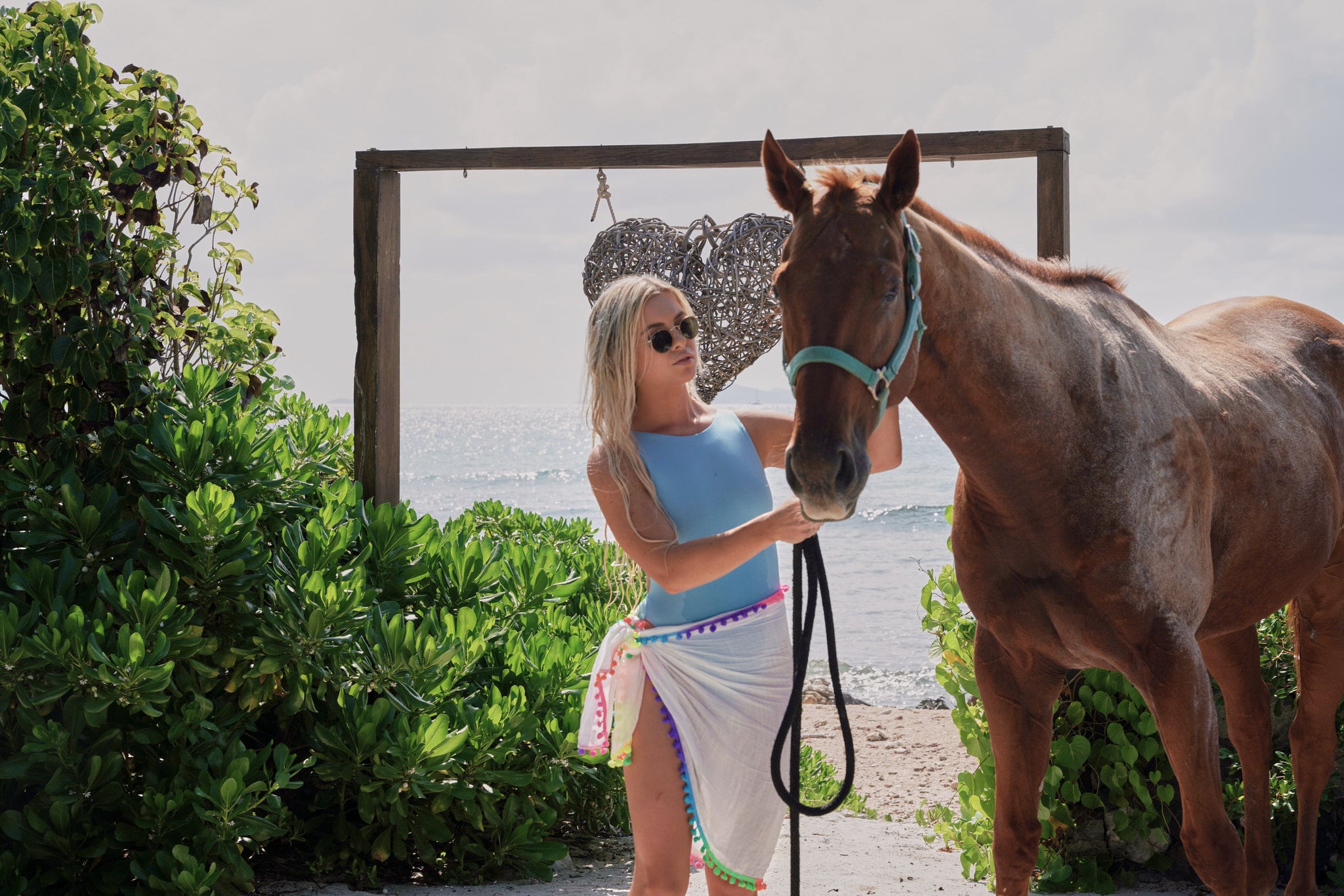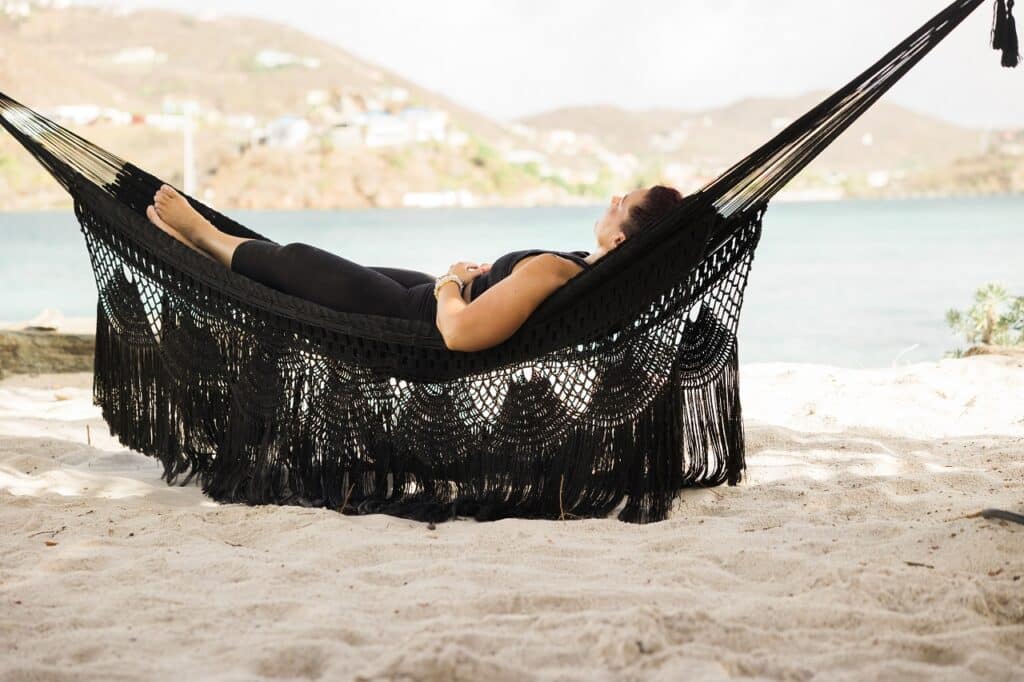Idyllic scenes of tropical getaways, spectacular beaches, turquoise waters, and swaying palm trees may come to mind when you think of The Bahamas. Or perhaps you imagine these same images when dreaming of the Caribbean islands.
These two regions have several features in common and both are popular vacation spots. Understanding the differences can help you decide on a tropical paradise destination for your time in the sun.
Geography and Weather
The Bahamas are situated farther north than the Caribbean islands, in the Atlantic Ocean. Thanks to their location, The Bahamas experience slightly cooler temperatures and more sunny days each year than the Caribbean. Shallow waters, vibrant coral reefs, and a diverse marine ecosystem are also characteristics of The Bahamas’ distinct geographical location.
In contrast, the Caribbean encompasses a vast region that stretches down to the coast of South America, with slightly higher average temperatures as you get closer to the equator. The Caribbean’s diverse topography offers volcanic landscapes, lush rainforests, and mountainous terrains.
Topographical Points of Attraction
Visitors to the flatter islands of The Bahamas often find themselves drawn to the famous pink sands of Harbour Island or the crystalline waters of Exuma, where you can swim with pigs on the gorgeous beaches.
In the Caribbean, the region’s varied topography offers you the opportunity to hike through landscapes such as the dense jungles of Dominica and the volcanic peaks of St. Lucia. The diverse range of wildlife on the Caribbean islands also makes them a popular choice for ethical ecotourism experiences.
Peak Tourist Seasons
Both the Caribbean and The Bahamas experience a peak tourist season in the winter months starting in December and finishing around May. This is when U.S. and European travelers head to The Bahamas and Caribbean beaches to escape from the cold. From June through October, both regions are warmer and wetter than they are in the winter months.
History & Culture
Both The Bahamas and the wider Caribbean region are rich tapestries woven from a blend of indigenous, African, European, and Asian influences. However, each destination maintains its own distinct identity shaped by history, tradition, and local customs. In The Bahamas, the influence of African heritage is palpable in Junkanoo, a vibrant street festival featuring colorful costumes, lively music, and rhythmic dance performances. Bahamian cuisine, characterized by fresh seafood, tropical fruits, and spicy flavors, reflects a fusion of African, Caribbean, and American culinary traditions.
The cultural landscape of the broader Caribbean region encompasses a more varied mosaic of traditions, languages, and cuisines. Each island offers a unique musical heritage, from the reggae beats of Jamaica to the salsa rhythms of Cuba and the calypso melodies of Trinidad and Tobago. The architectural marvels of colonial-era buildings in cities like Havana, San Juan, and Bridgetown are enduring reminders of the region’s colonial past.
Language
English is the official language of The Bahamas, making it a convenient destination for English-speaking travelers. On the other hand, the wider Caribbean region is characterized by rich linguistic diversity—predominantly Spanish on the larger islands of the Dominican Republic, Puerto Rico, and Cuba, but also Creole in Jamaica and French in Haiti. Depending on your perspective, this can make the Caribbean an extra challenge or an opportunity to learn or practice another language.
Activities and Attractions in the Caribbean Islands and The Bahamas

The Bahamas and the Caribbean offer an array of experiences to suit every traveler’s taste. Water enthusiasts will find ample opportunities for snorkeling, diving, sailing, and fishing in the crystal-clear waters of The Bahamas and the Caribbean. The Bahamas boasts some of the world’s best diving spots, including the famous Blue Hole in Andros and the underwater sculptures of Nassau’s Ocean Atlas.
On the other hand, exploring the Caribbean presents adventurers with a treasure trove of natural wonders. Tourists can explore the bioluminescent bays of Puerto Rico or hike the iconic Pitons of St. Lucia. Cultural enthusiasts can immerse themselves in Grenada’s vibrant street markets in the eastern Caribbean or trace pirates’ footsteps at Seven Mile Beach on Grand Cayman in the Cayman Islands.
Both The Bahamas and the Caribbean offer a multitude of bars and nightlife for those looking to enjoy the bubbling beachside social life. If you’re traveling with little ones, plenty of resorts in The Bahamas specialize in family-friendly fun. Water parks with waterslides, swimming pools, and other kid-safe beach adventures are offered in both The Bahamas and the Caribbean islands.
If you’re looking for a more intimate getaway with a deep connection to nature and healing activities through sport, yoga, and animal therapy, The Aerial, BVI—our private island resort in the British Virgin Islands—offers all-inclusive Caribbean vacation packages.
A stop at The Aerial, BVI can also be arranged for people considering Caribbean cruise itineraries that stop at the British Virgin Islands. Our day-use packages include island-to-table cuisine, use of the beach, watersports, access to our tribal beach gym, and delicious alcoholic and non-alcoholic drinks.
Accessibility & Infrastructure
Many of the islands in The Bahamas and the Caribbean serve as port destinations for cruise ships and travel by sea. The Bahamas is more accessible for sailing due to steady weather conditions. However, when you want to escape the crowds, you’ll find more remote nooks and crannies among the Caribbean islands.
The Bahamas boasts modern amenities, well-developed transportation networks, and a range of accommodation options catering to every budget. Nassau, the capital city which is located on New Providence Island, is a central transportation hub with direct flights from various international airports. Nassau on New Providence and Freeport on Grand Bahama Island are the main seaports and are important ports of call for Bahamas cruise itineraries.
The Caribbean islands are generally well set up to cater to tourists. However, several locations don’t have direct service via flights, ferries, or Caribbean cruises and are less developed in terms of infrastructure. Travelers seeking off-the-beaten-path adventures may want to check out more remote Caribbean islands such as Nevis and Dominica.
Other travelers may find that traveling to remote islands poses challenges regarding transportation and accommodation options and instead opt for destinations with international airports or that feature as ports of call on Caribbean or Bahamas cruises.
Cost
The Bahamas was ranked as the sixth most expensive country in the world by CEO Magazine in 2020. On average, Caribbean destinations are more affordable. When deciding whether to travel to The Bahamas or the Caribbean, budget and taste will both come into play.
The Bahamas vs Caribbean: The Final Verdict

The Bahamas is a great option for an English-speaking destination that’s easily accessible from the United States. The Bahamas is also a quintessential tropical escape for those just looking to sit back and relax.
The Caribbean offers a much more diverse landscape, both physically and culturally, with thousands of islands and dozens of countries to choose from. Furthermore, the extensive Caribbean region boasts a rich tapestry of landscapes and experiences waiting to be explored.
Ultimately, the choice is up to you.